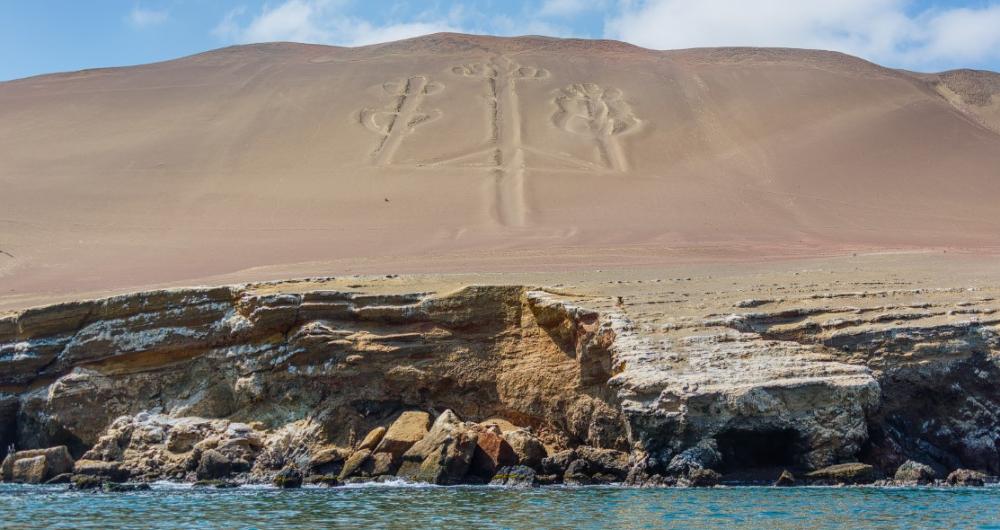In This Article
Need a break from Lima’s bustle? Just a few hours away, you’ll find beach escapes, hidden ruins, and colorful towns ready to make your weekend unforgettable.
😍 If you are in a hurry, I recommend:
- Explore the desert oasis of Huacachina with sandboarding and sunset views.
- Visit Paracas for boat tours to the Ballestas Islands and wildlife sightings.
- Discover Pachacamac’s ancient temples just outside the city.
- Unwind in Lunahuaná with river rafting, vineyards, and Andean views.
- Stroll the colonial streets of Barranca and enjoy fresh seafood by the coast.
Unique Day Trips from Lima:
1. The Ballestas Islands
♥
"See playful sea lions, admire diverse bird species, and explore stunning rock formations."
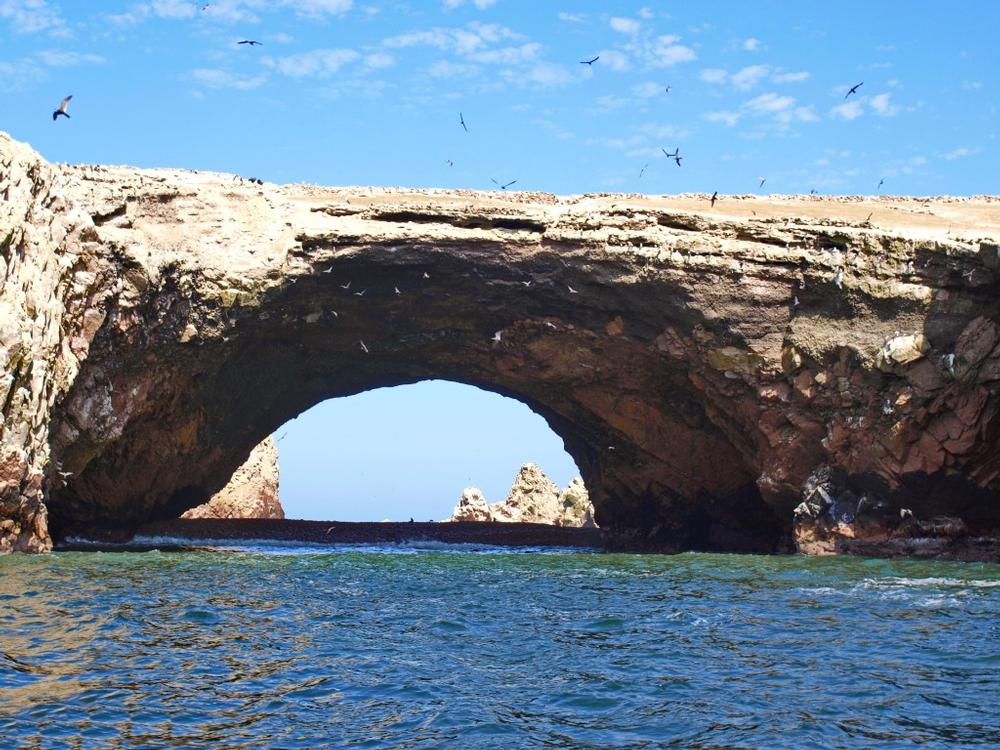
© lynx0925/stock.adobe.com
The Ballestas Islands are one of Peru's hidden gems, located just a few kilometers off the country's western coastline within easy day trip distance from Lima. The rocky islands are located just outside the boundaries of the Paracas National Reserve, known as an important habitat for a wide variety of native animal and bird species, including sea lions, seals, and Humboldt penguins. Dolphins populate the region's waters throughout the year, along with a number of rare turtle species.
Bird species spotted throughout the islands include Peruvian pelicans, red-legged cormorants, Inca terns, and Peruvian boobies. Throughout the town of Paracas, more than 100 archaeological sites showcase ancient ruins, while local restaurants are noted for their excellent ceviche and seafood offerings. Map
2. Caral
💕
"Walk along ancient ruins, explore the world’s oldest city in the Americas, and admire history."
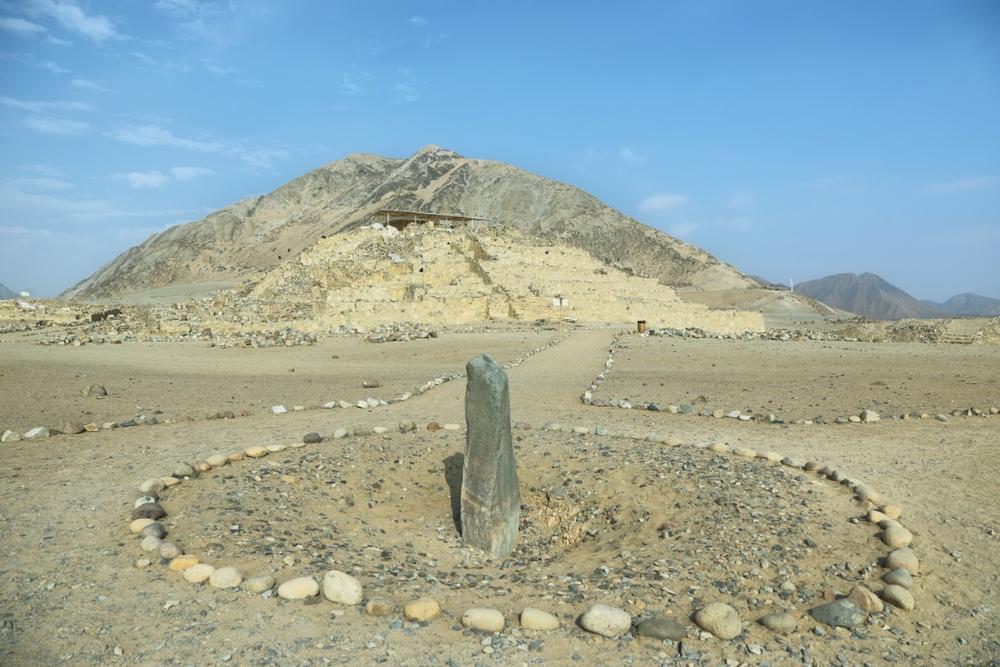
© estivillml/stock.adobe.com
Caral is the oldest city in the Americas, dating back more than five millennia to the Late Archaic Period. The archaeological site, which was designated as a UNESCO World Heritage Site in its entirety in 2009, spans 626 hectares and is connected to the ancient Norte Chico civilization, located along a dry desert terrace overlooking the beautiful Supe River valley.
It is exceptionally well-preserved given its age, showcasing complex architectural elements, including monumental stone and earthen platforms and sunken circular courts.
Unique archaeological artifacts have been found at the site, including a quipu knot system used to record information in antiquity. Visitors can walk around the site and view its stunning stone pyramids, spacious amphitheaters, and unique ceremonial rooms and altars. Map
3. Cerro San Cristobal
😊
"Visit a breathtaking viewpoint, admire panoramic Lima views, and explore a cultural landmark."
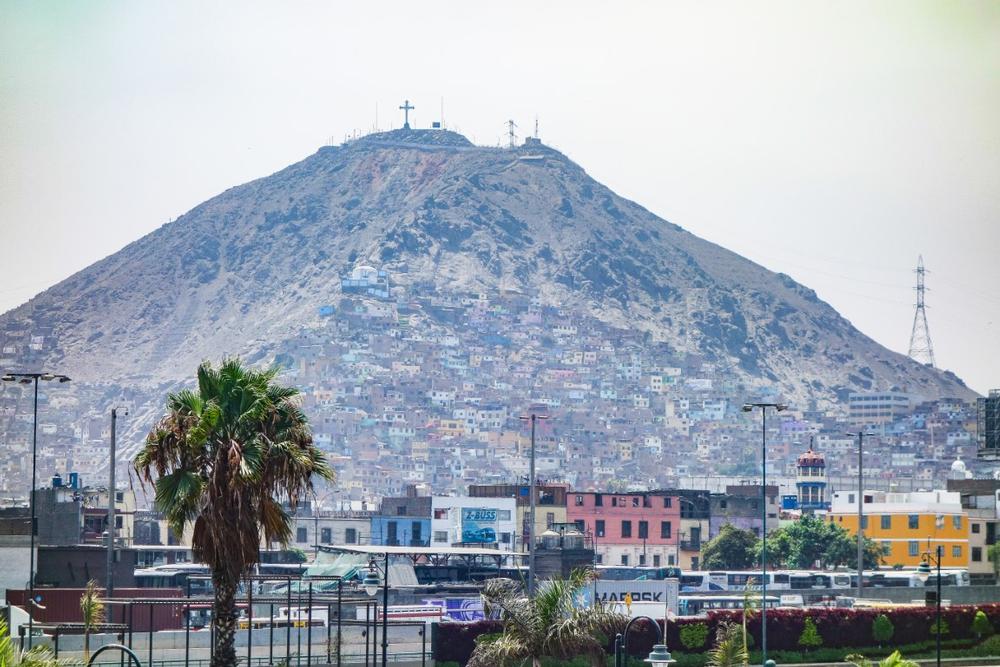
© Mark/stock.adobe.com
Cerro San Cristobal is a scenic hilltop area overlooking Lima Centro from the northeast, offering stunning views of Lima's city center and the nearby Pacific Ocean coastline. From atop the area's lookout, visitors can view major landmarks on Lima's skyline from unparalleled angles, including the Plaza de Armas, the Plaza de Acho, the National Stadium, and the Presbitero Maestro and El Angel cemeteries.
A stunning gigantic cross, constructed in 1928, dots the hilltop's landscape and is known as one of the city's most recognizable landmarks. Each night, it is illuminated, making for amazing nighttime photography opportunities. On the first Sunday in May, religious pilgrims travel to the site for the annual Semana Santa Holy Week celebration.
4. Chosica
♥
"Escape to a sunny retreat, walk along scenic parks, and explore a peaceful mountain town."
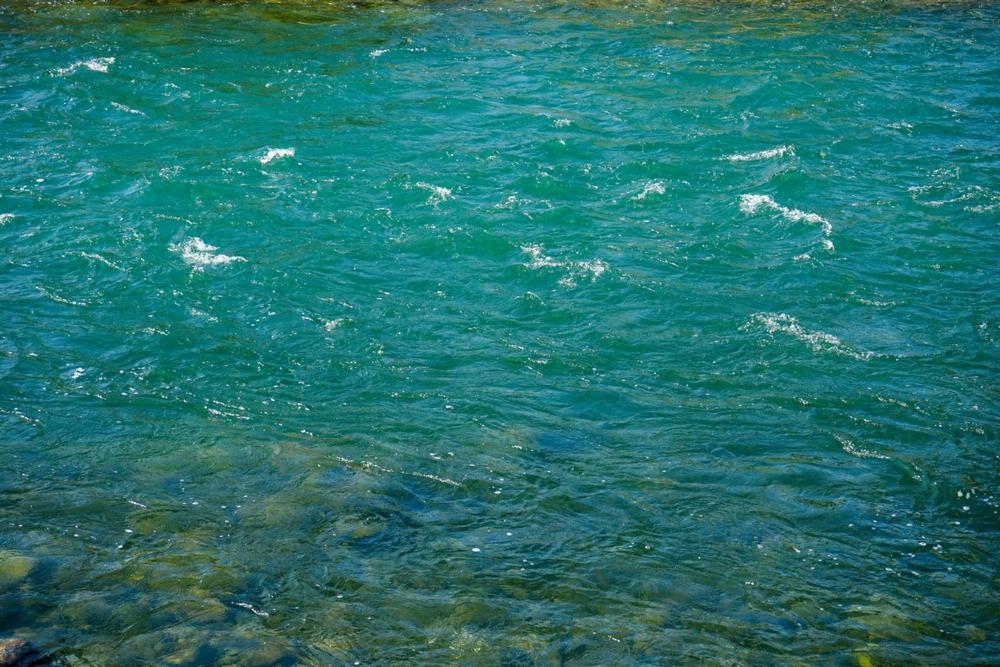
© DSGNSR/stock.adobe.com
Chosica is Lima's second-largest district, located along the beautiful valley of the River Rimac. The district has been known as one of Lima's most popular resort areas since the construction of the Trans-Andean railroad, attracting wealthy travelers since the mid-19th century. Today, many of the region's historic mansions have been converted into hotels and visitor attractions. Visitors can explore the region's unique Marcahuasi stone forest, which showcases unusual carvings of unknown ancient origin resembling animal and human forms. Stunning countryside areas offer some of the region's best hiking experiences, nestled into the foothills of the majestic Andes. The lively Plaza de Armas offers food vendors selling street food like churros and picarones, along with a variety of amusement rides and games. Map
5. Huacachina
My top 5 😎 :
"Go sandboarding on golden dunes, take a thrilling dune buggy ride, and admire a desert oasis."

© Nick Kypriadis/stock.adobe.com
Huacachina
is commonly referred to as the "Oasis of America," known as one of southwestern Peru's most popular resort regions. The desert oasis and village, which is located just west of the city of Ica, is home to the beautiful Huacachina Lagoon, which is encircled by palm trees and believed by many to have therapeutic, rejuvenating properties. Tens of thousands of tourists visit the region throughout the year for excellent recreational opportunities, including chances for sand dune sandboarding and arenero dune buggy riding. Lively clubs, restaurants, and bars line the lagoon's shores, making for vibrant nightlife experiences. Nearby, Ica is home to many wine and Pisco vineyards, which showcase tastings and tours throughout the week. Map
Romantic Day Trips from Lima:
6. The Palomino Islands
♥
"Swim with sea lions, explore rugged coastlines, and admire vibrant marine life."
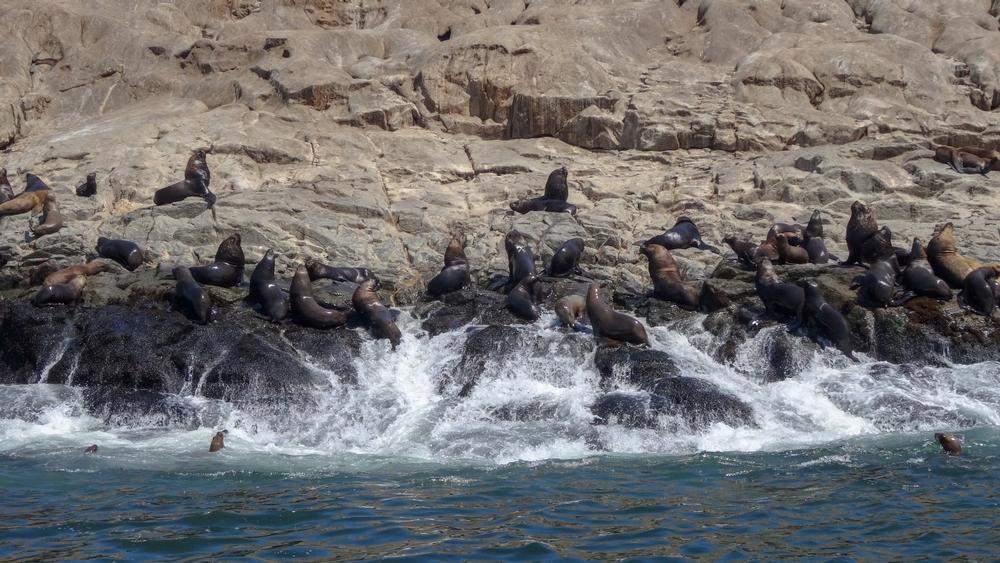
© Alla Ovchinnikova/stock.adobe.com
The Palomino Islands are a lovely collection of islands located just off the coastline of the city of Callao, known for their impressive populations of native sea lions and seabirds. The biologically rich islands are teeming with native bird species, including Peruvian pelicans, patillos, guanayes, zarcillos, and red-legged cormorants. Visitors can ride out to the islands via boat and enjoy excellent opportunities for marine life watching, including chances to see dolphins and penguins at select times throughout the year. Sea lion swimming tours are offered by several companies, giving participants a chance to swim amongst native marine life. On the islands' highest point, an historic lighthouse still stands, which once guided ships into the beaches of Callao's port. Map
7. Lunahuana
💕
"Go white-water rafting on the Cañete River, explore vineyards, and enjoy an adventurous weekend."
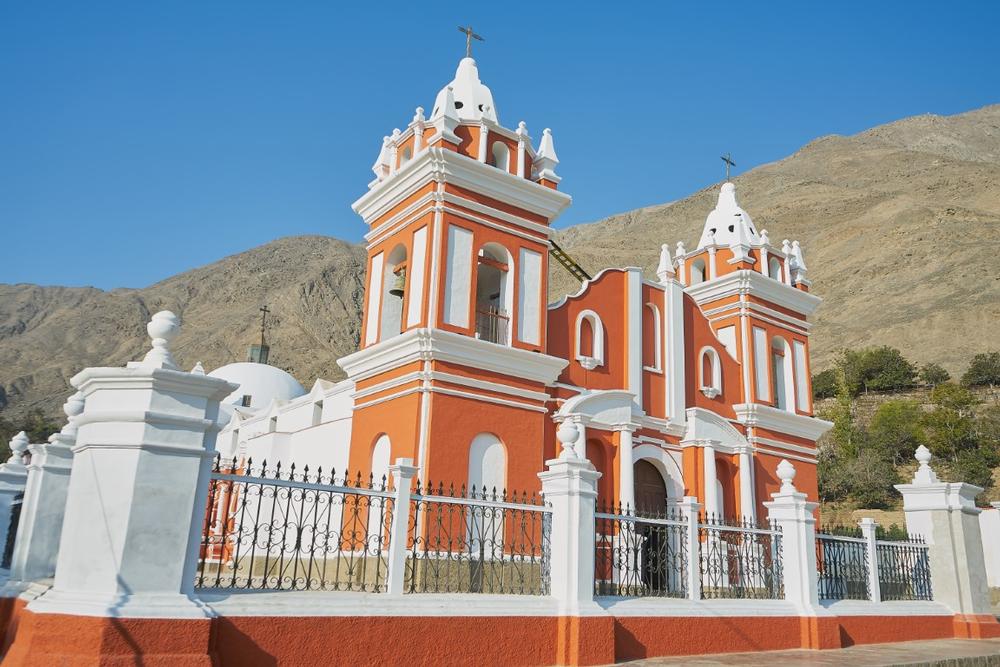
© walter/stock.adobe.com
Lunahuana is a charming Peruvian town located south of the city of Lima, set within a picturesque mountain valley along the banks of the majestic Cañete River. The river serves as a popular destination for white water rafting throughout the year, offering high thrill rafting excursions led by experienced tour guides. Hiking, mountain biking, and paragliding are also popular activities throughout the year, along with angling for a variety of fish species on the river. The colonial-era Lunahuaná Cathedral is located within the Plaza de Armas, while the Incahuasi ruins west of the city's center showcase 15th-century indigenous structures. Surrounding areas such as Catapalla are known for their wine and Pisco production, located along an officially-designated winery trail. Map
8. The Nazca Lines
💕
"See mysterious geoglyphs from above, explore ancient desert landscapes, and admire massive carvings."
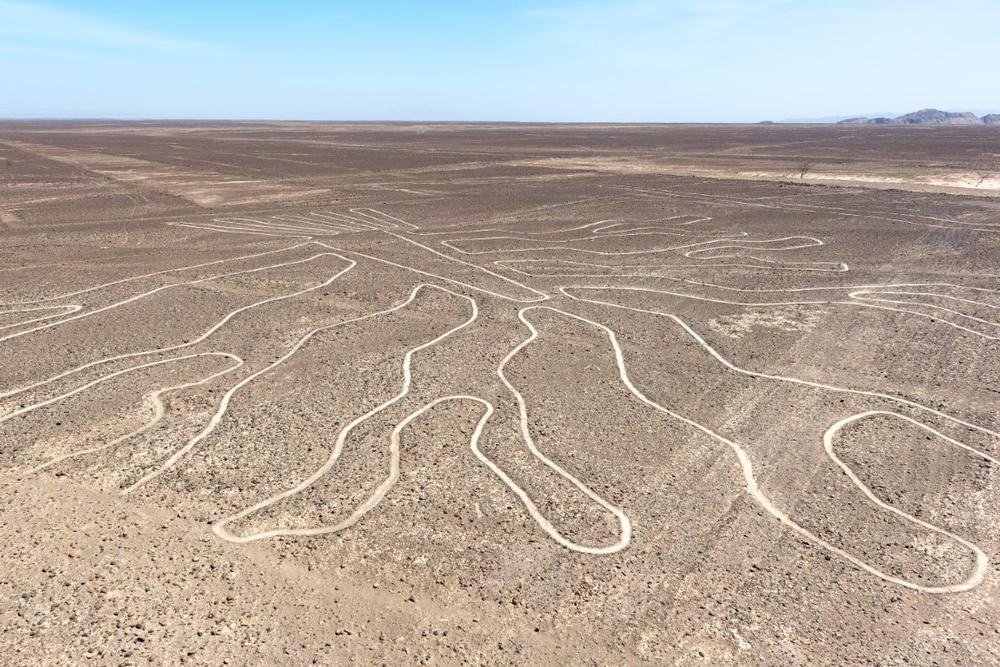
© Noradoa/stock.adobe.com
The Nazca Lines are a unique collection of pre-Columbian-era geoglyphs that are etched into desert sands over a 1,000-square-kilometer area in southern Peru. More than 10,000 lines are located within the region, showcasing more than 300 etchings and figures, including plants and animals such as jaguars, llamas, hummingbirds, monkeys, and spiders. Some of the largest shapes within the cluster measure up to 30 meters wide, easily visible from nearby hilltops or aerial tours. Due to the dry, windless climate of the surrounding plateau region, the shapes have been preserved in stunning natural condition. Though the shapes were discovered as early as the 16th century, their overall design was not realized until their exploration by Peruvian archaeologist Toribio Mejía Zesspe in 1927. Since 1994, the lines have been designated as a UNESCO World Heritage Site.
9. Pachacamac
I Recommend 🎈 :
"Walk among sacred ruins, explore a pre-Incan temple complex, and admire centuries-old architecture."
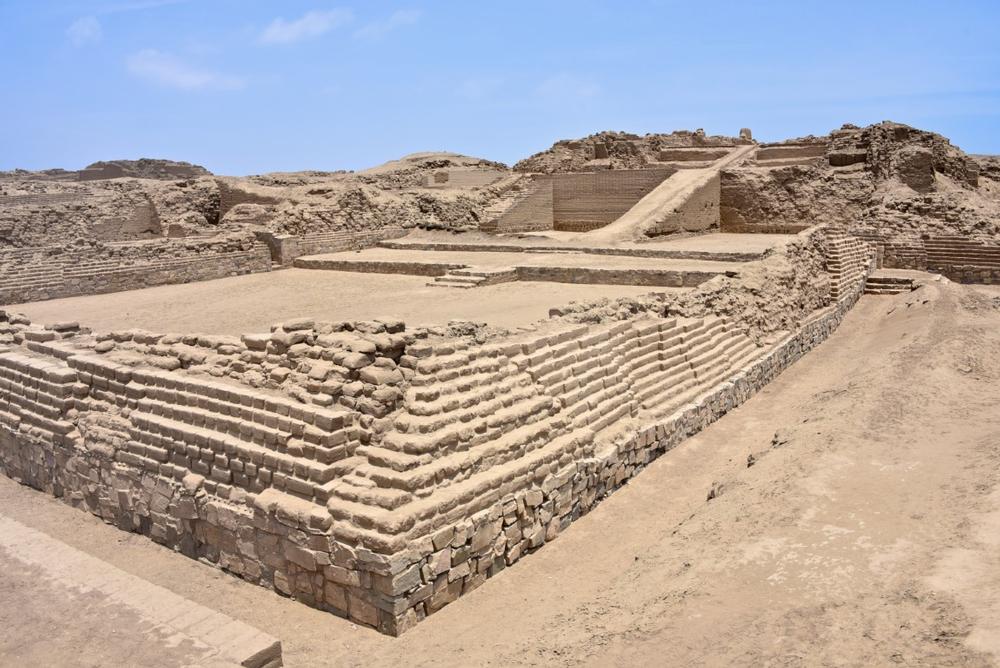
© Mark/stock.adobe.com
Pachacamac is an important archaeological site located approximately half an hour southeast of the city of Lima within the beautiful Valley of the Lurín River. The site is believed to have been first settled around 200 A.D. and inhabited for more than 1,300 years prior to the Spanish invasion of South America. It is named in honor of the indigenous creator god Pacha Kamaq, known as the "Earth Maker." Though many of the site's traditional structures were destroyed by Spanish conquerors in the 15th century, much of its former glory has been excavated and resurrected since the 1930s. Today, visitors can view the remains of the former religious center, including several temples, ritual sites, and mausolea. Map
📔 I get asked this a lot so I decided to include it:
-
What makes Lima, Peru a great travel destination?
- Though Lima, Peru offers much to do on its own, visitors can also take day trips to many of Peru's most famed destinations.
-
What are the Ballestas Islands, and why are they worth visiting?
- The Ballestas Islands are a natural paradise, often referred to as the "Poor Man's Galapagos" due to their diverse populations of seabirds and native marine life.
-
What ancient indigenous sites can visitors explore near Lima?
- Visitors can explore the unique animal formations of the Nazca Lines (video).
- They can also visit the preserved archaeological sites at Caral, the oldest city in the Americas.
Best Time for Day Trips from Lima, Peru
- April to June – Pleasant temperatures, fewer crowds, and great for coastal excursions.
- September to November – Ideal for mild weather and exploring nearby historical and natural sites.
- July & August – Cooler but perfect for visits to the Andes or desert adventures.
- December to March – Warm, sunny days ideal for beach trips and water activities.
- February – Experience vibrant celebrations during Carnaval with colorful parades and festivities.
Map:
🖋 How did I do?
Is the article too broad, too narrow, or just right ? Do you like the presentation of photos and text? Let me know in the comments! If you want to see more in this location, I can put it on my editorial calendar. I'm listening!
Plan Your Trip


